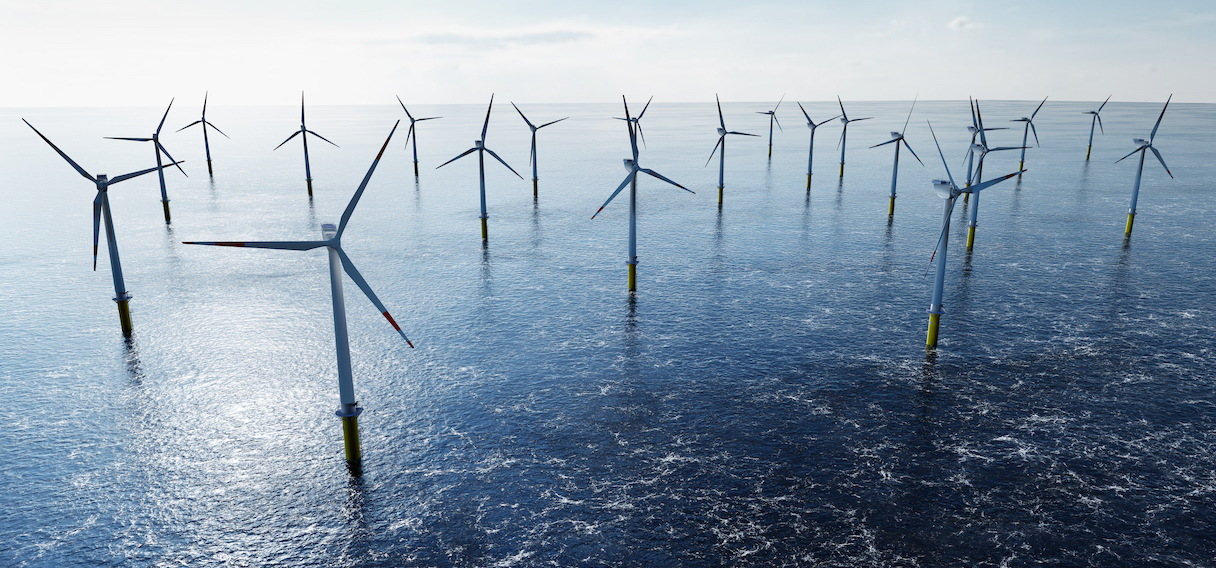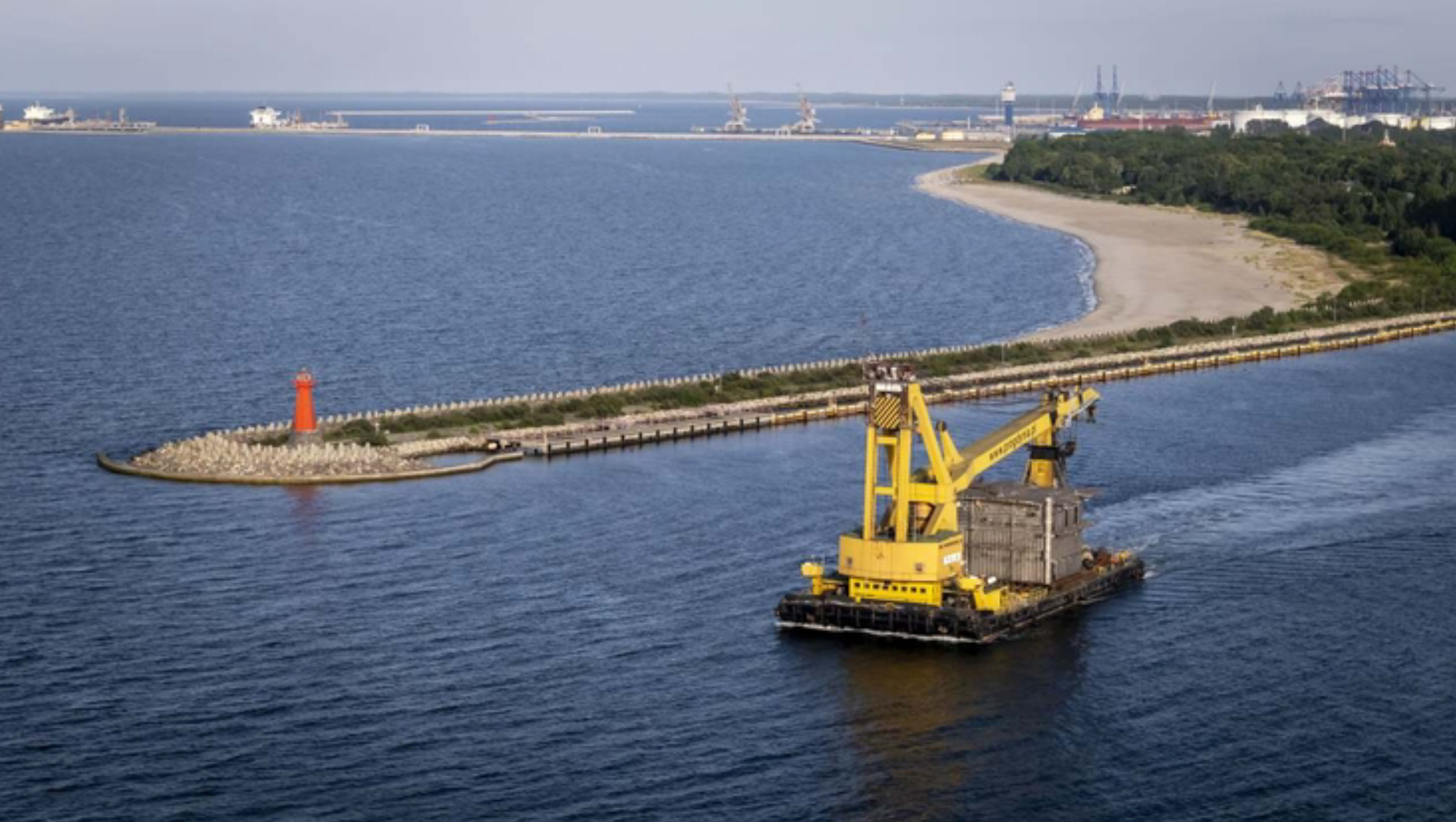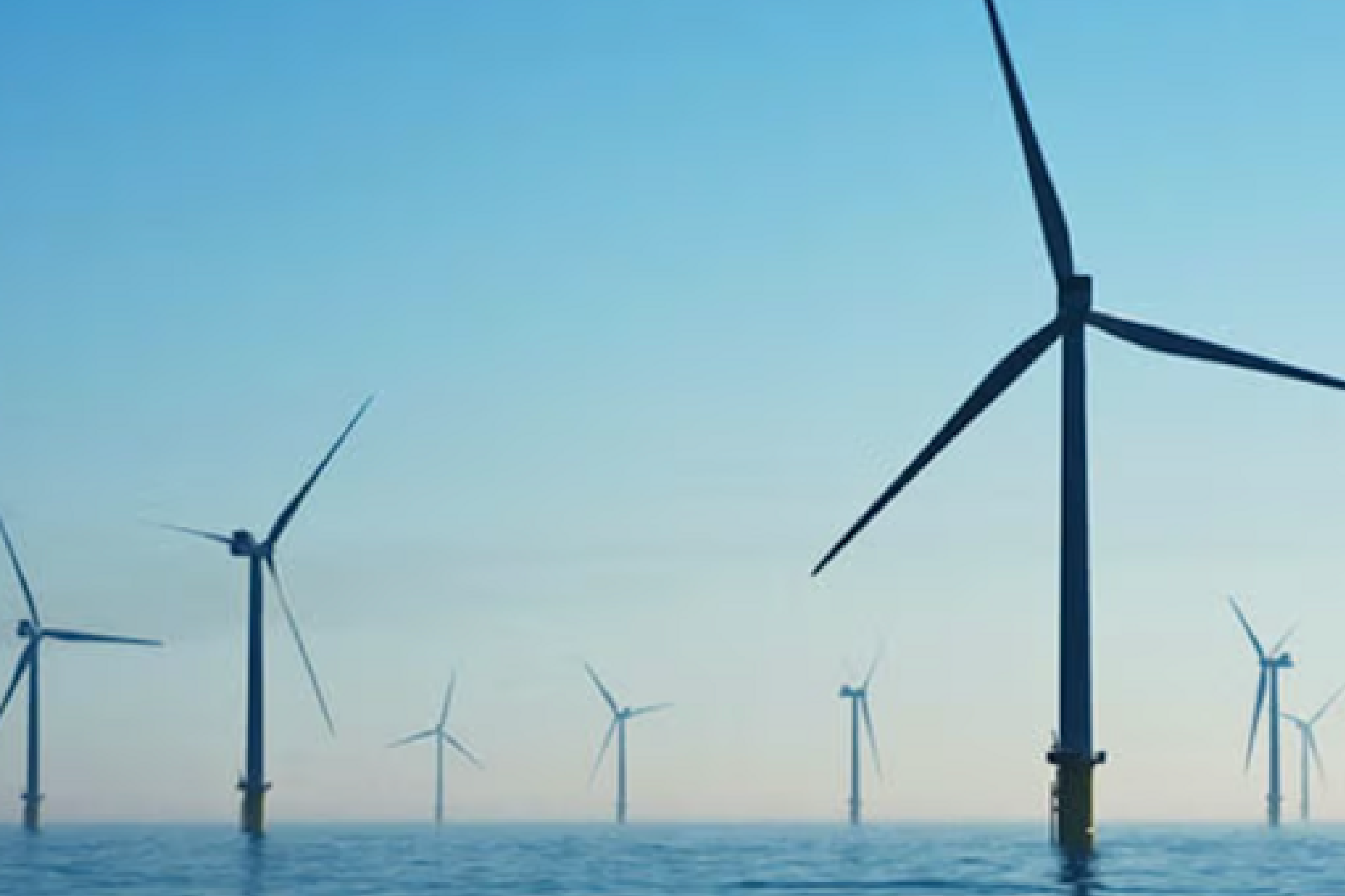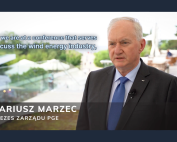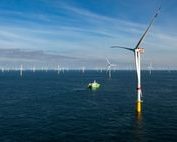In just a few years, Poland will join the countries producing electricity in offshore wind farms. For this purpose, the necessary regulations have been created that provide support for projects in the Baltic Sea. The Polish energy market regulator has already made important decisions as part of the first phase of support for offshore wind projects.
Polish regulations
The development of the offshore wind energy sector in Poland in the waters of the Baltic Sea evokes many emotions. In 2021, there were many highlights that marked the future of the country’s wind power projects. One of them was the level of support for projects that will be implemented by Polish companies in cooperation with foreign partners. The Energy Regulatory Office has already issued the first decisions regarding project support.
The basis for supporting Polish offshore wind projects is the long-awaited act by the industry, which entered into force on February 18, 2021. It provides for a support system divided into two phases. Qualifying for the first one guarantees the right to negative balance coverage for electricity in offshore wind farms. This price may not be higher than that established by the Minister of Climate and Environment in the ordinance of March 30, 2021, i.e. PLN 319.60 / MWh. Initially, PLN 301.50 / MWh was proposed, which was met with a wave of dissatisfaction on the part of the industry. Ultimately, it was raised, but it is below investors’ expectations. There were voices that it should be raised even to PLN 372.17 / MWh.
Financial resources to cover the negative balance will come from the RES fee, which has been operating since 2016, and is collected by energy distributors in Poland. The President of ERO will also include the costs of support for Polish offshore winds in the RES fee. In 2020, this fee reached the level of PLN 2.20 / MWh.
Decisions of the Energy Regulatory Office
The Polish energy market regulator has so far issued five decisions on granting support rights. The first three decisions were issued on April 7 this year for three projects. The first two farms – Baltica-2 Wind Power Plant (1498 MW) and Baltica-3 Wind Power Plant (1045 MW) will be built by the largest electricity producer in Poland, PGE Polska Grupa Energetyczna in cooperation with the Danish wind farm giant Ørsted. The third project belongs to Baltic Trade and Invest Sp. z o.o. (350 MW), a daughter company of the German investor RWE.
The next decisions were issued a month later on May 5 and concerned the projects of MFW Bałtyk II Sp. z o.o. and IMW Bałtyk III Sp. z o.o. with a capacity of 720 MW each. These two farms will be implemented by the private energy company Polenergia in cooperation with the Norwegian energy tycoon Equinor.
As of May 11, the Energy Regulatory Office is still considering applications submitted by producers on time, that is until the end of March 31.
These are the decisions made in the first phase of the offshore wind support system, while the necessary condition for obtaining it will then be the confirmation by the European Commission of compliance with the internal market of public aid granted to the producer for
a given offshore wind project.
The second phase of support will take the form of an auction for offshore wind farms. The date of the auction is set in the Act on 2025 and 2027. They will be settled according to the price in the offer (pay as bid), so the projects with the lowest price will win.
Offshore wind in the Baltic Sea is one of the pillars of Poland’s energy transformation.
On February 2, 2021, the Polish government also adopted the long-awaited document in the form of an energy strategy, which is the document “Poland’s Energy Policy until 2040”. It assumes the transformation of the Polish energy sector, taking into account the power self-sufficiency. Until 2030, the share of renewable energy sources in gross final energy consumption will be at least 23%, including no less than 32% in the power industry. One of the significant sources of renewable energy in Poland will be wind energy, the total installed capacity of which (onshore) has now exceeded 6.4 GW. These capacities will be enhanced by offshore wind installations, the capacity of which will reach 5.9 GW in 2030 and 11 GW in 2040.
The Polish Wind Energy Association indicates that the technical potential of offshore winds in Poland is much greater and may amount to 28 GW. Poland can play a significant role in the Baltic Sea, the potential of which reaches 83 GW (according to WindEurope) or 93.5 GW (according to the calculations of the European Commission). The latter presented a development strategy for offshore energy in 2020, which provides for the installation of 300 GW until 2050. Poland can play an important role in the development of the offshore wind sector in the European Union.
